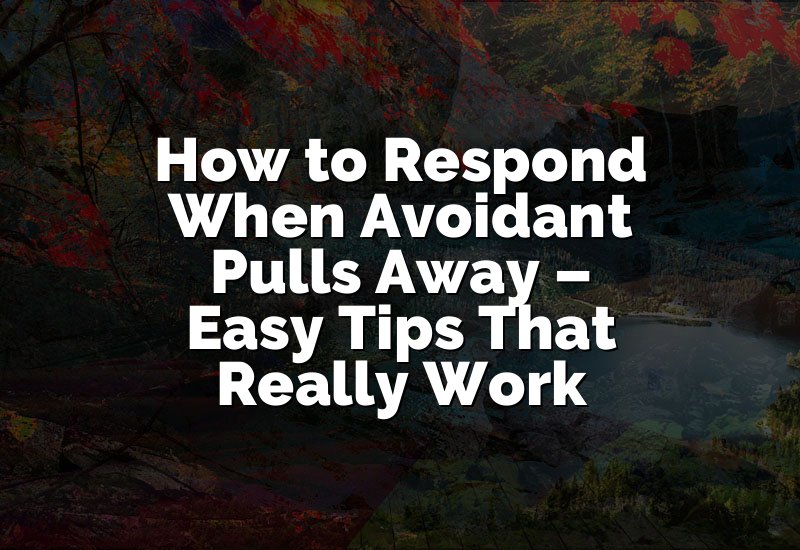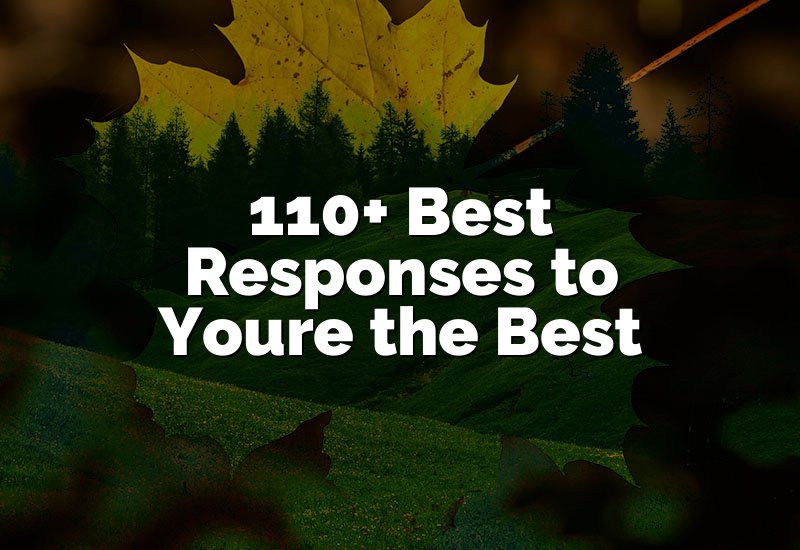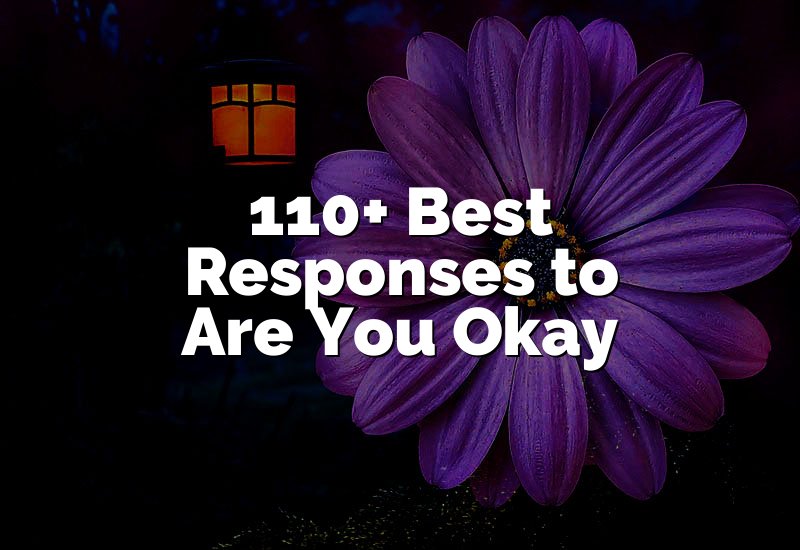If you’ve ever found yourself in a conversation where someone asks you “De Donde Eres” (Where are you from?), you might be wondering how to respond in a succinct way that communicates your origin. Whether it’s a casual encounter or in a more formal setting, your response should be accurate and straightforward.
We’ll explore various ways to answer this question without beating around the bush. We’ll help you understand the importance of brevity and clarity when responding to “De Donde Eres,” ensuring that you can confidently convey your place of origin while maintaining the attention of your audience. So let’s jump right in and uncover the art of responding to this question effectively!

Understanding The Meaning
‘De donde eres’ is a commonly-used phrase in Spanish, which directly translates to ‘Where are you from?’ Understanding the meaning behind this question is key to effectively responding. This subheading will explore two important aspects of ‘de donde eres’ – interpreting the question itself and recognizing its cultural significance.
Interpreting ‘de Donde Eres’
When someone asks you ‘de donde eres’, they are expressing curiosity about your place of origin. It is their way of initiating a conversation and getting to know you better. By responding confidently and engagingly, you can create a positive and enjoyable interaction.
Interpreting the question requires understanding that the person asking is genuinely interested in your background. They may want to learn about your heritage, your home country, or the place where you grew up. Embrace this opportunity to share your unique story and connect with others on a deeper level.
Recognizing Cultural Significance
‘De donde eres’ holds great cultural significance in many Spanish-speaking countries. In these countries, people often take pride in their cultural heritage and roots. Asking about someone’s place of origin is not considered intrusive; instead, it is viewed as a way to build rapport and establish common ground.
When responding to ‘de donde eres’, keep in mind that the question reflects the cultural norms of mutual interest and respect. By answering with enthusiasm and showing appreciation for your background, you can create a positive impression and foster a sense of connection with the person you are speaking to.
Understanding the meaning of ‘de donde eres’ empowers you to respond confidently and authentically. Remember, this question is an invitation to share your story and celebrate your cultural heritage. Embrace the opportunity to engage with others and foster meaningful connections.
23 Ways to Respond to De Donde Eres
“Soy de [Your City], pero mi corazón está en todas partes.” (I’m from [Your City], but my heart is everywhere.)
“De la Tierra de los Sueños y Café: ¡Colombia!” (From the Land of Dreams and Coffee: Colombia!)
“Nací en [Your Birthplace], pero he adoptado el mundo como mi hogar.” (I was born in [Your Birthplace], but I’ve adopted the world as my home.)
“Mi origen es un cóctel exótico: mitad [Country 1], mitad [Country 2].” (My origin is an exotic cocktail: half [Country 1], half [Country 2].)
“Soy un ciudadano del mundo, pero mis raíces están en [Your Home Country].” (I’m a citizen of the world, but my roots are in [Your Home Country].)
“De la tierra del sol, la playa y la buena comida: ¡México!” (From the land of sun, beach, and good food: Mexico!)
“Mi pasaporte dice [Your Country], pero mi alma dice aventura.” (My passport says [Your Country], but my soul says adventure.)
“Soy de [Your City], donde las historias son tan coloridas como nuestras calles.” (I’m from [Your City], where the stories are as colorful as our streets.)
“De la ciudad que nunca duerme: ¡Nueva York!” (From the city that never sleeps: New York!)
“Nací en [Your Birthplace], pero mi espíritu es un trotamundos.” (I was born in [Your Birthplace], but my spirit is a wanderer.)
“Soy de [Your Country], donde la diversidad es nuestra mayor riqueza.” (I’m from [Your Country], where diversity is our greatest wealth.)
“De la tierra de las sonrisas y el calor eterno: ¡Tailandia!” (From the land of smiles and eternal warmth: Thailand!)
“Mis raíces son tan diversas como mis gustos musicales: un poco de todo.” (My roots are as diverse as my musical tastes: a bit of everything.)
“Nací en [Your Birthplace], pero mi corazón late al ritmo del mundo.” (I was born in [Your Birthplace], but my heart beats to the rhythm of the world.)
“Soy de [Your City], donde el pasado y el futuro bailan juntos en el presente.” (I’m from [Your City], where the past and the future dance together in the present.)
“De la tierra de los castillos y la lluvia interminable: ¡Reino Unido!” (From the land of castles and endless rain: United Kingdom!)
“Nací en [Your Birthplace], pero he crecido en la escuela de la vida.” (I was born in [Your Birthplace], but I’ve grown up in the school of life.)
“Soy de [Your Country], donde la historia se mezcla con la modernidad.” (I’m from [Your Country], where history blends with modernity.)
“De la tierra del tango y la pasión: ¡Argentina!” (From the land of tango and passion: Argentina!)
“Mi hogar está en [Your City], pero mi alma está en constante exploración.” (My home is in [Your City], but my soul is in constant exploration.)
“Soy de [Your Country], donde la comida es un arte y la hospitalidad es ley.” (I’m from [Your Country], where food is an art and hospitality is a rule.)
“Nací en [Your Birthplace], pero mi dirección actual es ‘En algún lugar del mundo.'” (I was born in [Your Birthplace], but my current address is ‘Somewhere in the world.’)
“De la tierra de la siesta y la paella: ¡España!” (From the land of siesta and paella: Spain!)
Mastering Fluent Responses
Preparing Simple And Clear Answers
One way to master fluent responses to “De donde eres?” is to prepare simple and clear answers in advance. This will help you avoid confusion and deliver a concise response:
- State your country or place of origin, accompanied by a brief explanation if necessary. For example, you can say “Soy de México” (I am from Mexico) or “Soy de Nueva York, Estados Unidos” (I am from New York, United States).
- Use clear language and avoid excessive details or complex vocabulary. Stick to short, straightforward sentences to ensure your response is easily understood.
If you are from a country or place that may be less familiar to the person asking, you can provide a bit more context to expand on your response.
Expanding On Your Response
Expanding on your response can help initiate a conversation and show interest in the other person. Here are some ways to do so:
- Ask the person if they have visited your country or if they are familiar with it. This can lead to a discussion about cultural experiences, landmarks, or personal anecdotes.
- Share interesting facts or popular attractions from your country. For example, you can mention famous foods, tourist destinations, or traditional celebrations.
- Ask the person about their own background. Showing genuine curiosity and engaging in a reciprocal conversation will create a positive and memorable interaction.
Remember, responding to “De donde eres?” is an opportunity to connect with others and learn about different cultures. By mastering fluent responses, you can open the door to meaningful conversations and create lasting impressions.
Engaging In Conversations
When someone asks “De donde eres? ” In a conversation, respond by stating your country or city of origin to keep the discussion going smoothly.
Asking Follow-up Questions
To engage in a meaningful conversation when someone asks you, “De donde eres?” (Where are you from?), asking follow-up questions is a great way to show genuine interest and keep the conversation flowing.
You can start by asking, “¿Y tú?” (And you?) to reciprocate the question and learn more about the other person’s background. This not only demonstrates your curiosity but also encourages the other person to share their experiences.
Another follow-up question could be, “¿Cuánto tiempo has vivido allí?” (How long have you been living there?). This prompts the person to share more details about their time in that place, creating an opportunity for a deeper conversation.
Sharing Personal Experiences
Sharing your own experiences can further enhance the conversation and create a connection. You can talk about places you have visited or lived in and highlight any unique cultural aspects you have experienced.
For example, if the person asks, “De donde eres?” and you say, “Soy de México” (I’m from Mexico), you can elaborate by saying, “Me encanta la comida mexicana, especialmente los tacos al pastor” (I love Mexican food, especially tacos al pastor). This not only provides a glimpse into your culture but also gives the other person something relatable to discuss.
Remember to keep the conversation balanced by asking follow-up questions as well. This ensures a courteous exchange and prevents the conversation from becoming one-sided.
See Also: 23 Ways to Respond to Criticism
Building Confidence And Fluency
Discover effective strategies to confidently respond to the Spanish question “De dónde eres” (Where are you from). Boost your fluency and gain confidence in communicating your background with these expert tips.
Practicing With Native Speakers
Engaging in conversations with native speakers is a crucial part of building confidence and fluency when responding to “De donde eres?”. By actively practicing with native speakers, you can immerse yourself in the language and gain real-life experience in using the appropriate responses. Here are a few effective ways to practice with native speakers:
1. Language Exchange Partners
Find language exchange partners who are native Spanish speakers interested in learning your language. Online platforms and language exchange apps provide a convenient way to connect with native speakers.
Schedule regular conversation sessions where you can take turns practicing each other’s language. This will help you increase your confidence, improve your listening skills, and enhance your ability to respond naturally to “De donde eres?”.
2. Language Exchange Meetups
Attend local language exchange meetups or events where you can interact face-to-face with native speakers. Such gatherings offer a supportive environment for practicing your conversational skills.
Take advantage of the opportunity to engage in conversations and respond to “De donde eres?” within a relaxed and friendly setting. These meetups can also become a great platform for making new friends who share your language learning goals.
3. Online Language Communities
Join online language communities focused on learning Spanish. These communities often have chat rooms or forums where you can ask questions, participate in discussions, and practice your conversational skills.
Interact with native speakers by responding to posts or offering help to other language learners. Actively engaging in these online communities can boost your confidence in responding to “De donde eres?” and provide a supportive network of language learners.
Using Language Learning Resources
In addition to practicing with native speakers, utilizing language learning resources can further enhance your confidence and fluency when faced with the question “De donde eres?”. Here are some valuable resources to incorporate into your language learning journey:
1. Vocabulary and Grammar Books
Invest in reputable Spanish vocabulary and grammar books that cater to your language level. These resources provide structured lessons and exercises to reinforce your understanding of vocabulary and grammar rules. By mastering the fundamentals, you will feel more confident in constructing accurate responses to “De donde eres?”.
2. Language Learning Apps
Make use of language learning apps that offer interactive lessons, vocabulary drills, and conversation practice. These apps allow you to learn at your own pace and provide immediate feedback on your pronunciation and comprehension skills. Incorporate these apps into your daily routine for consistent practice, enhancing your ability to respond fluently to “De donde eres?”.
3. Online Language Courses
Enroll in online Spanish language courses that focus on conversational skills. These courses often include video lessons, interactive exercises, and simulated conversations with native speakers. By following structured lessons and receiving personalized feedback from instructors, you can build your confidence in responding to “De donde eres?”.
Combining regular practice with native speakers and utilizing language learning resources will empower you to respond confidently and fluently to “De donde eres?”. Embrace these techniques and resources to fuel your language learning journey and communicate effectively in Spanish.
The Bottom Line
Responding to “De donde eres” can be an opportunity to share about your cultural background and foster connections. Remember to embrace curiosity and respond with kindness, keeping in mind cultural sensitivity. By understanding the context and using these suggested responses, you can navigate this question with confidence and build stronger connections with others.
So next time someone asks, “De donde eres,” embrace the chance to share your story and bridge cultural gaps.









